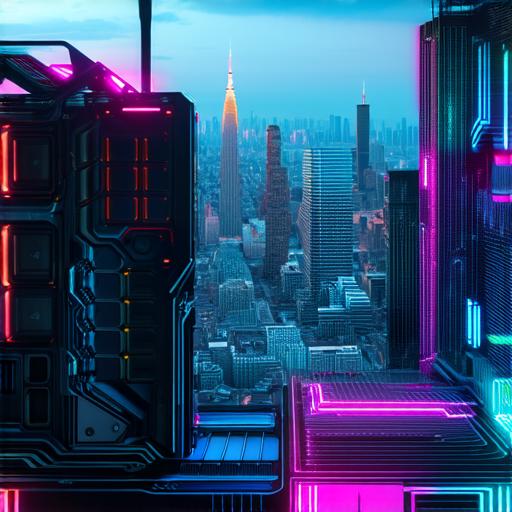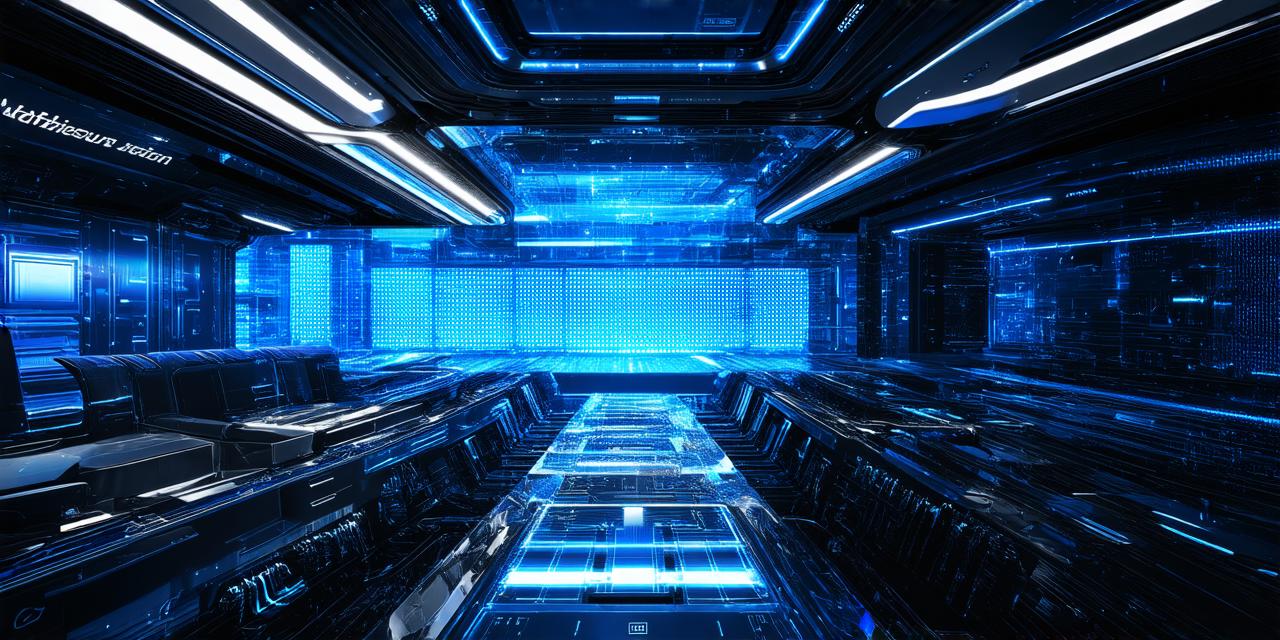Augmented reality (AR), virtual reality (VR), and mixed reality (MR) have become increasingly popular in recent years. These technologies allow users to immerse themselves in a digital world, or enhance their physical surroundings with digital elements.
AR vs VR vs MR: What’s the Difference?
Augmented reality is a technology that overlays digital information over the real world. This information can be in the form of text, images, or animations and can be accessed through a smartphone or other device. The goal of AR is to enhance the user’s experience of the physical world by providing additional context and information.
Virtual reality, on the other hand, creates a completely immersive digital environment that users can interact with using specialized headsets or other devices. VR technology typically involves a high level of interaction, as users have the ability to move and manipulate objects within the virtual world.
Mixed reality is a combination of AR and VR technologies. It allows users to interact with both the physical world and a digital environment simultaneously. MR technology typically involves the use of headsets or other devices that track the user’s movements and provide real-time feedback on their actions.
AR, VR, and MR Applications
Augmented reality has many potential applications in business and consumer markets. For example, it can be used to enhance the shopping experience by allowing users to see how furniture or other items would look in their home before making a purchase. AR can also be used in the automotive industry to provide real-time information about road conditions or vehicle maintenance needs.
Virtual reality has many potential applications as well. It can be used for gaming, training, and education. VR technology is particularly useful for industries that require hands-on training, such as healthcare or construction. In addition, VR can be used in the entertainment industry to create immersive experiences for moviegoers or theme park visitors.
Mixed reality has many potential applications as well. It can be used in a variety of industries, including manufacturing, retail, and gaming. MR technology can help manufacturers to improve their production processes by providing real-time information about the status of machines or components. In addition, MR can be used in the retail industry to provide customers with personalized recommendations based on their preferences.
Case Studies and Personal Experiences
There are many case studies and personal experiences that illustrate the potential of AR, VR, and MR technologies. For example, IKEA’s AR app allows users to see how furniture would look in their home before making a purchase. This app has been downloaded over 10 million times and has led to increased sales for IKEA.
Another example is the use of VR in healthcare. The Mayo Clinic uses VR technology to provide training for surgeons and other medical professionals. This technology has been shown to improve surgical outcomes and reduce the risk of complications.
MR technology can be seen in action at the 2018 FIFA World Cup, where it was used to enhance the viewing experience for fans in the stadium. The MR app allowed users to see additional information about the game, including player stats, real-time score updates, and live commentary from experts.
Research and Experiments
There have been many studies and experiments conducted on AR, VR, and MR technologies. For example, a study published in the Journal of Medical Internet Research found that VR technology can be used to reduce anxiety in patients with chronic pain. Another study published in the journal Science found that AR technology can improve memory retention and learning outcomes in students.
FAQs

Q: What is the difference between AR, VR, and MR?
A: Augmented reality overlays digital information over the real world, virtual reality creates a completely immersive digital environment, and mixed reality combines AR and VR technologies.
